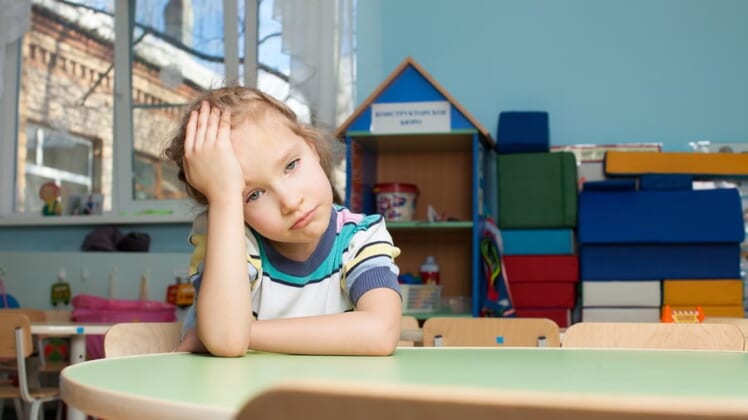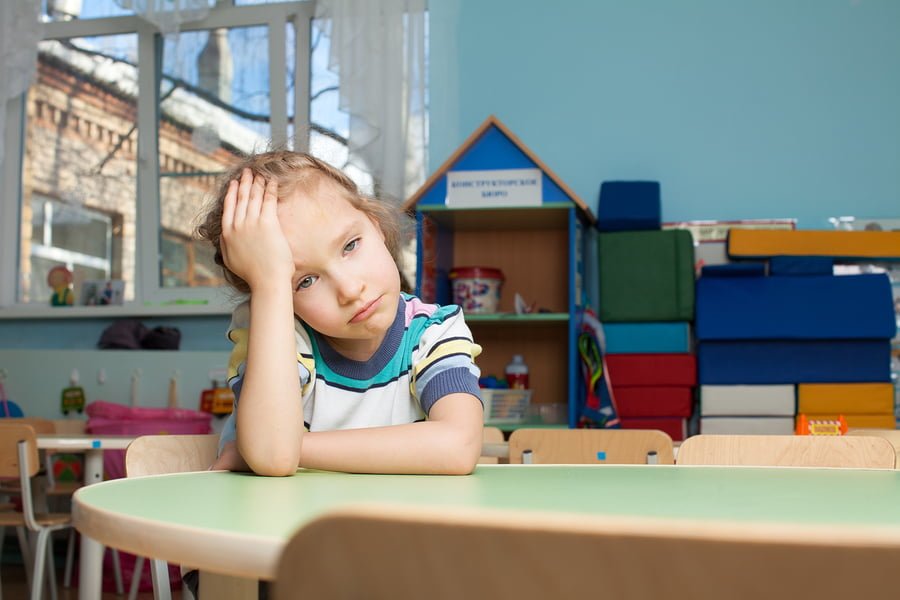

Experts have now identified a possible anatomical marker for the diagnosis of depression and its risk of future recurrence. The insula is a region that exists on either side of the brain. It is tied to emotion, perception, self awareness, and cognitive function. Through MRI scans, it has been found that the insula is smaller in depressed adults than their non depressed counterparts. A smaller insula has also been seen in children who were diagnosed with depression or pathological guilt at preschool age. Pathological guilt is the act of children excessively blaming themselves for things they both have and have not done. This data suggests a possible link between pathological guilt and depression. Excessive guilt may be a precursor to future depression, or it could simply be a symptom of it.
Preschool Depression Study
A team at the Washington University School of Medicine in St. Louis, Missouri, conducted a preschool depression study where a group of children were assessed for depression and guilt each year between the ages of 3 to 6. They found that 47 students were suffering from depression and 82 were not. Researchers discovered that 55% of these depressed children displayed pathological guilt, while only 20% of non-depressed children did. The same group of children then underwent MRI scans every 18 months between the ages of 7 and 13 in order for scientists to evaluate changes in their brains. Those with a smaller insula in the brain’s right hemisphere were more likely to have episodes of clinical depression later in life.
Effects of Guilt
It is possible that guilt early in life predicts shrinkage of the insula, though it is likely these anatomical changes in the brain are brought about by depression. The changes that occur seem to set the stage for later depression recurrence. Children diagnosed with depression as preschoolers are 2.5 times more likely to be clinically depressed in elementary and middle school compared to those who have never experienced depression.
This new data is important to help understand the trajectory of depression and to identify children who are at risk for future “chronic and relapsing” depression. The researchers hope to continue following the same group of children through adolescence in order to better understand the relationship between depression and other high risk behaviors such as drug and alcohol abuse.
